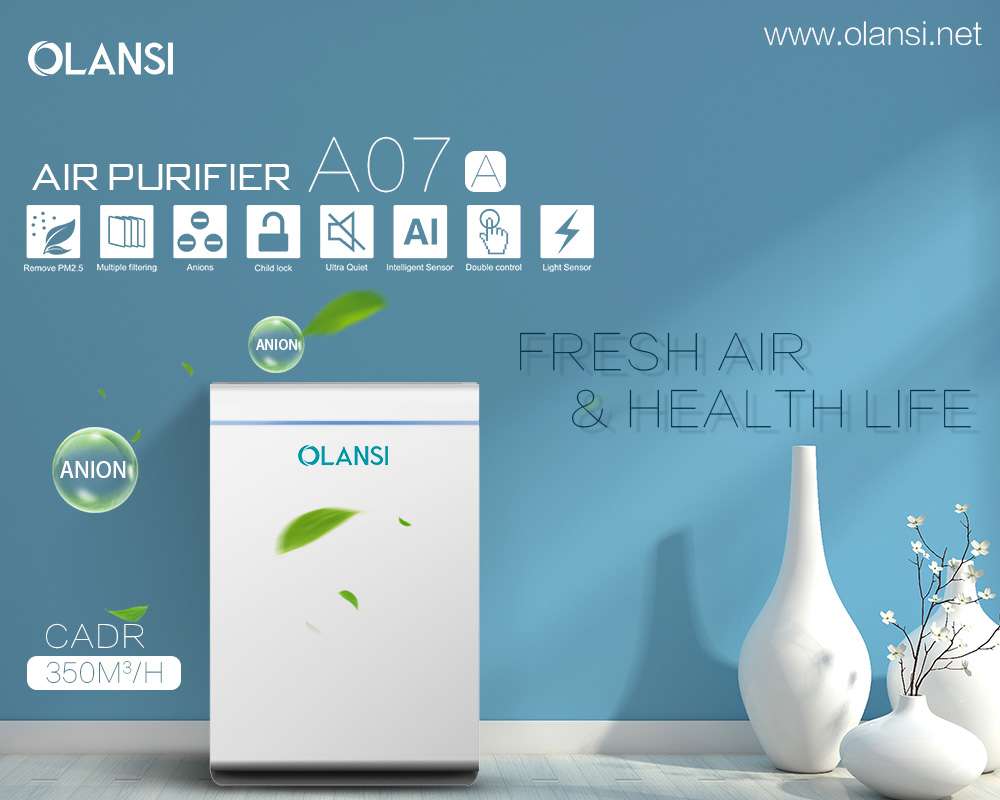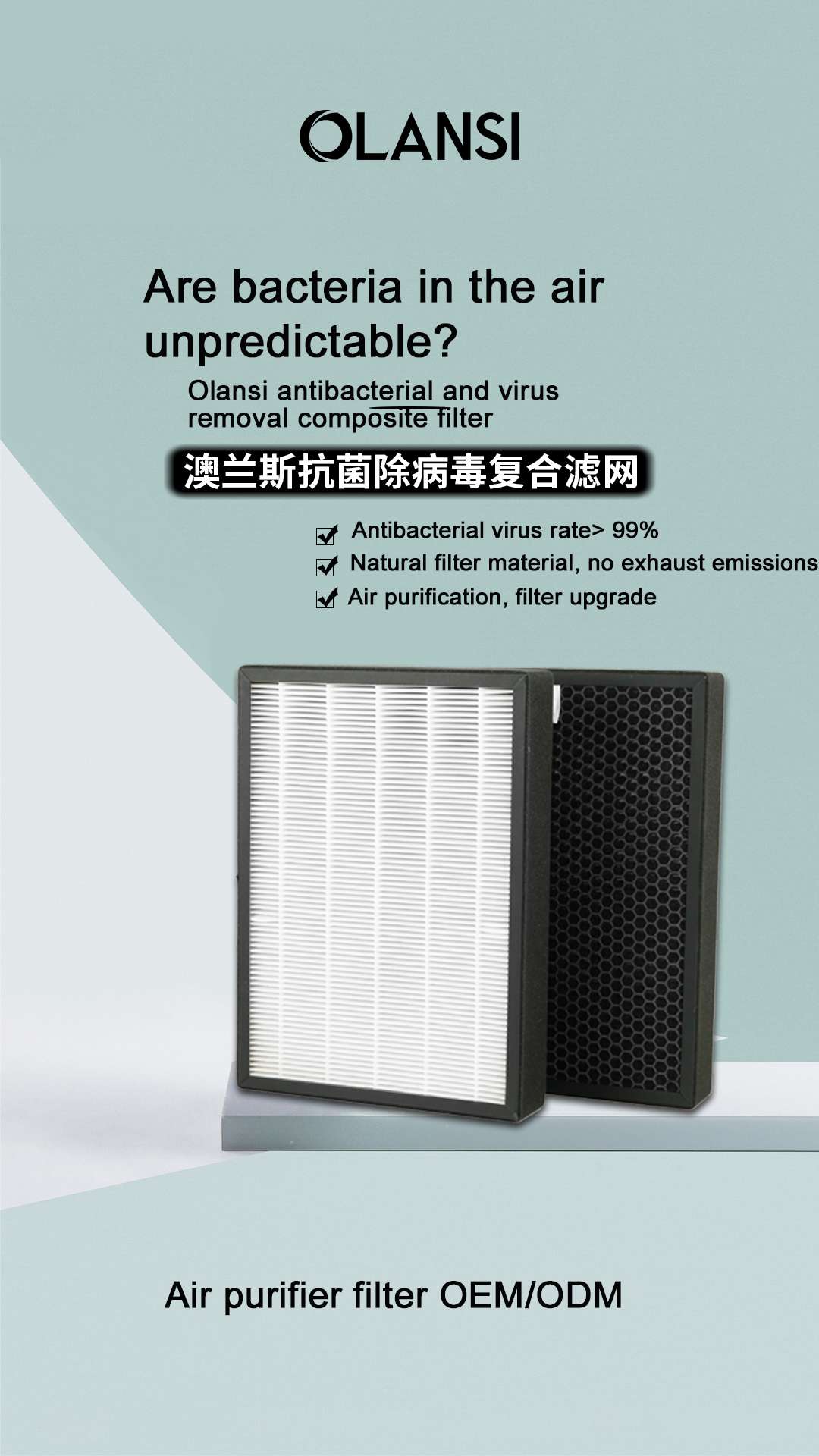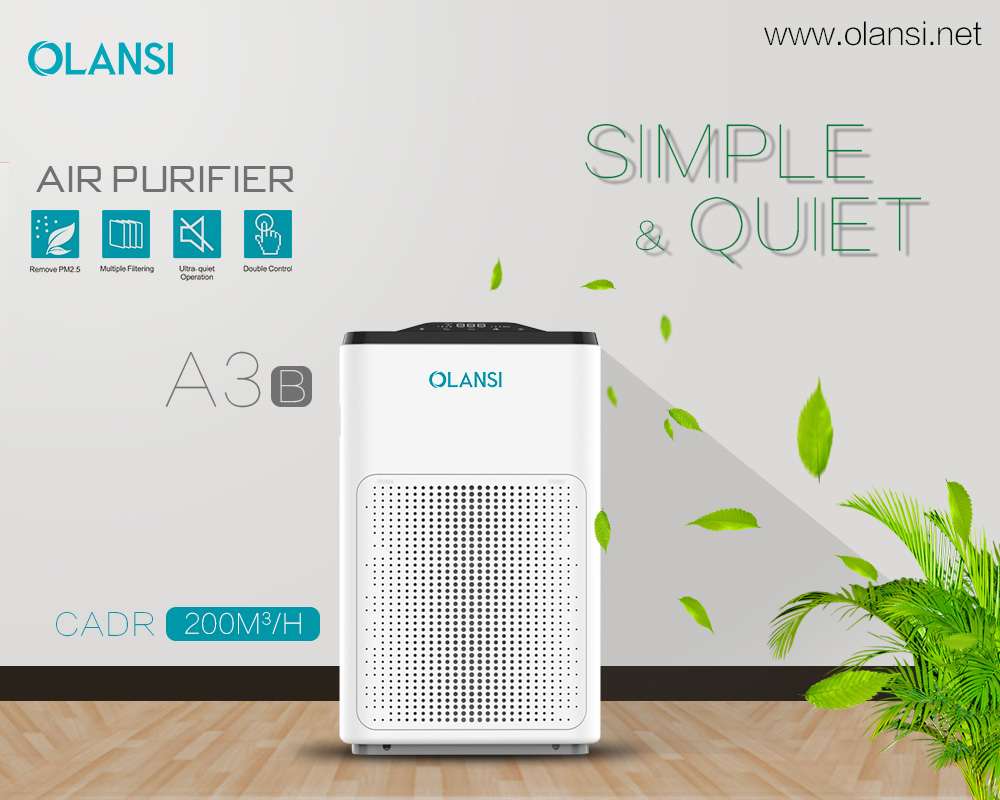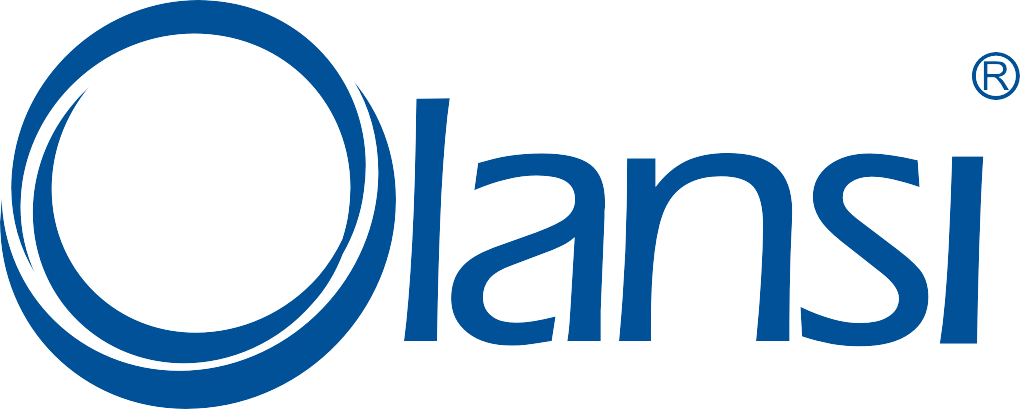Five mistakes in purchasing air purifier Who is the “artifact” of indoor epidemic prevention?
The outbreak of novel coronavirus pneumonia has brought about unprecedented attention to health appliances. Three main factors, such as mask, washing hands and ventilation, have become the main way to isolate viruses and fight against hitherto unknown diseases. In this situation, the ability of sterilization and virus removal of air purification appliances has become the focus of attention.
Healthy and comfortable air quality includes five physical, chemical and biological indicators, including temperature, humidity, solid particle concentration, chemical pollutant concentration, and microbial content. Air purifier, fresh air fan and air conditioner with purification capacity are the main factors to improve indoor air quality. The novel coronavirus pneumonia has played an accelerator role in the development of purifiers such as air purifiers, fresh air purification machines and purifying air conditioners.
Air purifying appliances have their own advantages
Air purifiers have become the first choice for dealing with air pollution in homes due to their simple installation, convenient maintenance and fast purification speed. According to the purification principle, air purification is divided into physical filtration (HEPA), activated carbon adsorption, electrostatic dust collection, plasma, negative ions, molecular complexation, photocatalyst and so on. Among them, three types of technologies such as physical filtration (HEPA), activated carbon adsorption, and electrostatic dust collection are used most. Physical filtration (HEPA) and electrostatic dust collection are mainly used to purify particulate matter, and activated carbon adsorption is mainly used to remove gaseous pollutants.

Five mistakes in purchasing
Under normal circumstances, indoor air pollutants are mainly divided into three categories, namely solid particles (PM2.5, pollen, etc.), chemical gases (formaldehyde, benzene, ozone, etc.), microorganisms (bacteria, mold, viruses, etc.). The main sources of pollutants are household appliances (printers, range hoods, air conditioners, etc.), furniture, human behavior (cooking, smoking, cleaning, etc.), external atmospheric environmental effects (smog, catkins, pollen, etc.).
The recent outbreak of new coronary pneumonia is enough to illustrate the harmfulness of bacteria and viruses in the air. Every year during the flu season or in warm and humid indoors, the reproduction of microorganisms is relatively rapid. Therefore, the removal of microorganisms such as bacteria and viruses in the air has become one of the important indicators for people to pay attention to air quality. At present, consumers still have the following misunderstandings when purchasing and using purified household appliances with sterilization and virus removal functions.
Mistake 1: masks can isolate viruses, and air cleaning appliances can remove bacteria, but not can remove viruses.
Wearing masks has become one of the main methods to isolate viruses, and the ability of removing viruses of air cleaning appliances has been doubted by some consumers and media. This paper discusses the virus removal ability and effectiveness of air purification appliances from the following three aspects:
First, if the mask is understood as a portable air purifier driven by human power, but driven by electric power, and the filter capacity of the filter element is much higher than that of the mask’s air purifier to remove the virus, there is no doubt.
Second, the sterilization rate of air purification appliances is based on the national standard GB 21551.3-2010 “special requirements for antibacterial, sterilization and purification air purifiers for household and similar uses”, and the quantitative data obtained through inspection, but there is no sterilization rate requirement in the standard of respirator, therefore, the requirement of sterilization rate standard is higher than that of respirator.
Third, in addition to filtering bacteria and viruses, air purification appliances can also have ultraviolet, ozone, ions and other auxiliary sterilization and disinfection measures, which are far beyond the reach of masks.

Mistake 2: the bacteria and viruses filtered out in the air cleaning household appliances will cause secondary pollution.
Purification of household appliances in the removal of aerosols in the air, at the same time, the filter screen will be attached to the above virus filter, if these bacterial viruses attached to the filter screen, will cause secondary pollution to the indoor air. Here is a specific description of the secondary pollution of household appliances:
First, there are ultraviolet, ozone, ion and other devices in the purification appliance, which can be used to kill bacteria and viruses. Second, the filter material of the filter element is coated with an antibacterial substance, which can prevent bacteria from multiplying. Third, bacteria can reproduce outside the human body as long as the temperature and humidity conditions are suitable, and the survival time can be up to 6 months. But the virus is not allowed to reproduce in human body or animals, and the survival time is only a few days. Therefore, if the purifier remains normally open, there will be no survival conditions for bacteria and viruses. As long as the filter element is replaced according to the instructions, there will be no secondary pollution to the environment.
Mistake 3: people do not turn off the air purifier indoors, and then turn it on when they come back.
Consumers often use the way of “turn off when people leave the room, turn on when people come back” to use air purification appliances, which can save electricity. If the time to leave is within two hours, it is not recommended to turn off the air purifier. The main reason is that if you want to keep the air quality in a good state, you must keep the purifier in a normally open state, so that when you come back, you can directly breathe clean air. If you turn on the purifier again, you can breathe clean air one hour later. Therefore, keep the purifier normally open to maximize the protection of breathing healthy air.
Mistake 4: there is no need to open windows when using air purifier.
Using air purifier can keep the air cleanliness at a high level, but it doesn’t mean that there is no need to open windows for ventilation. Air purifier can remove pollutants and microorganisms in the air, but it can not solve the problem of oxygen content in the air, which requires constant fresh air. Therefore, it is necessary to open windows regularly while using air purifier.
Mistake 5: air cleaning appliances can remove the virus, just buy one.
The household appliances sold in the market, which are claimed to have the ability to remove bacteria and viruses, have different removal abilities. Select the air purifier with the ability to remove bacteria and viruses, and be sure to confirm the sterilization rate on the inspection report. Recently, 18 air purifiers, fresh air fans and air conditioners with virus removal capacity have been released by China household electrical appliances testing institute, with the removal rate reaching more than 90%. Among them, 13 products have virus removal rate reaching more than 99%, which is comparable to disinfection cabinet. Confirm the inspection report issued by the third party authority before purchasing air purifier.

At present, there are many advertisements of air purifier called to remove new coronavirus in the market. In fact, there are many kinds of bacteria and viruses in the air, which are constantly changing. It is useless to remove only one kind of bacteria or virus. Using the current mature technology can completely kill bacteria and viruses in the air and on objects, there is no need to use the so-called “new technology”.
For more purchase knowledge of air purifier, please visit Olansi official site: www.olansi.net

